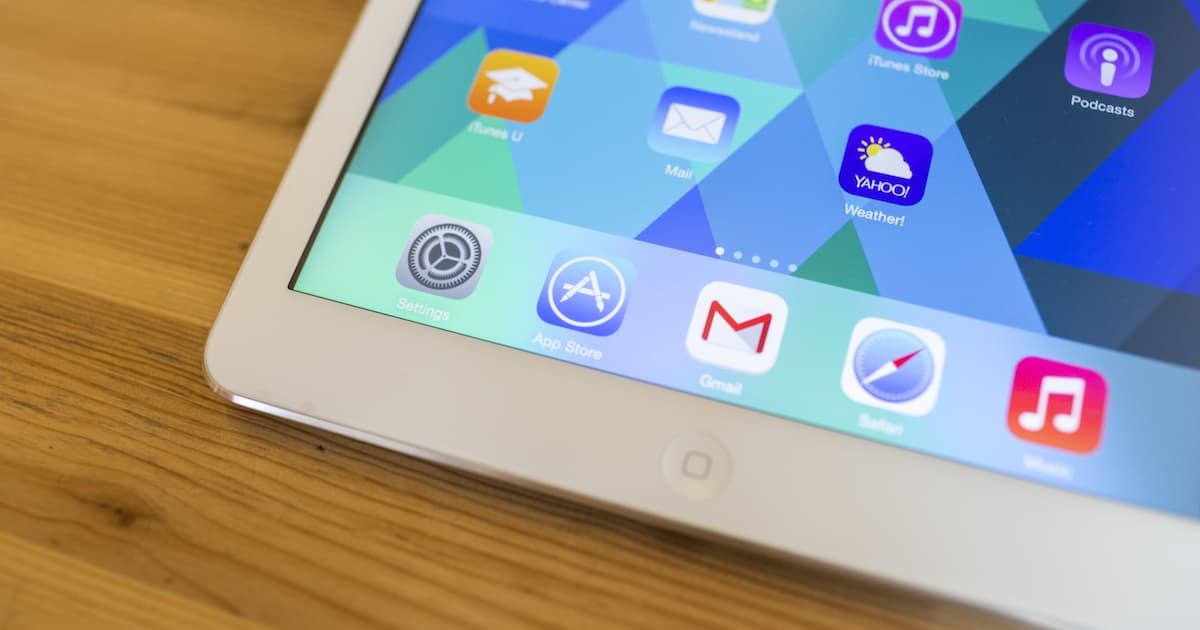Several weeks ago, Apple removed app management from iTunes, and The People were immeasurably saddened. Recently, iMazing has added app management, direct from the App Store, giving The People reason to rejoice boisterously. True, iTunes 12.6.3 allows some app management, but that’s not officially supported. Here’s how you can manage apps in iMazing.
Getting iMazing Onto Your Mac or PC to Manage Apps
If you don’t already have iMazing, you can download the free trial from DigiDNA’s website for the app. You can, of course, do much more with iMazing than just manage your apps. It’s a complete iOS backup utility, maintaining incremental snapshots of your devices a la Time Machine for the iPhone or iPad. With iMazing, you’re also able to dig deep into the underpinnings of your iOS device, from the file system to the console. It’s also the best way I know of to archive text and voicemail messages.
Try it out, realize you can’t live without it, and then purchase a license. A single license for one Mac or PC will set you back $39.95. The Universal license, which allows you to install the app on up to two computers, is $49.99. There’s also a Family option for $69.99, which provides you with licenses for iMazing on up to five computers.

P.S. I purchased the license and it is truly iMazing. Just wish there was some more detailed documentation…
Glad you’re enjoying it! Alas, proper software documentation is a long lost art, I’m afraid.
Jeff,
Why does iMazing need to download new copies of apps to the Library? This might be because it is not using the copies of apps downloaded by iTunes. Is that correct? Does this also mean that iMazing is creating yet another copy of all the apps that I’ve purchased on my hard drive? Where does it store this copy of apps? In the same location as my iTunes backup or elsewhere? Does iMazing also store a second copy of all the photos, data, etc. on my iPhone to another location on my hard drive?
Sorry for all the questions. If you don’t have time to answer all can you direct me to some documentation where I can find the answers?
Hi domsin,
If you import the IPA files from your iTunes library, you won’t need to download new copies.
The IPA files you download (or import) are saved to ~/Library/Application Support/iMazing/Library/Apps.
I don’t see any storage of photos at all in my Application Support directory, but that might be because I use iCloud Photo Library. I’ll dig deeper (i.e., email my contact at DigiDNA) and find out.
Oh! I know where that other stuff is stored. Where ever you configure it to be stored 😀
From your Device window in iMazing, click the Gear icon to the right of your iOS device’s name. That will open up options including where you can have your backups stored.
iTunes 12.7 and the previous iMazing version knew what apps needed to be installed during the restore to a new device. But the local copies of the apps were not used. All the “installed” apps were downloaded automatically by the restore process.
With the latest version of iMazing, you’ll be able to import all of your IPA files into iMazing’s library. From that point, the software shouldn’t have a need to use any bandwidth at all to install apps to your device.
Thanks for the helpful article. One thing you didn’t comment on, perhaps because it isn’t there, is on restoring apps from the computer to a new device. About 3 weeks ago the wife and I upgraded our iPhones to the 8 and 8 Plus. We backed our old iPhones using iMazing (paid version). We were under the mistaken impression that iMazing would restore everything to our new iPhones from files on our computers. Unfortunately, such was not the case. In just a few hours the new iPhones used up about half our monthly data allotment from our satellite Internet provider downloading our “installed” apps from the App Store. (What was Apple thinking by removing local app backup/restores? Oh wait, they have unlimited and super fast Internet. They must think everyone has that.)
So the question: does the new iMazing allow restores to new devices using local copies of apps?
Yes, absolutely. I demonstrated installing an app to the device in the video, but perhaps my narration wasn’t clear enough. iMazing downloads the app from the App Store, and then transfers it to your device (either via Wi-Fi or USB).
Thanks Jeff. But I’m still confused. You showed manually installing the app. What if you do a full restore from a device backup? Are apps copied to the device from the local files or still downloaded from the App Store (even though they are available on the computer)?
Oh, I see something there…you DO have to download them first. However, I believe if you have a repository of .IPA files, you can import them and the software will then install from that downloaded library.